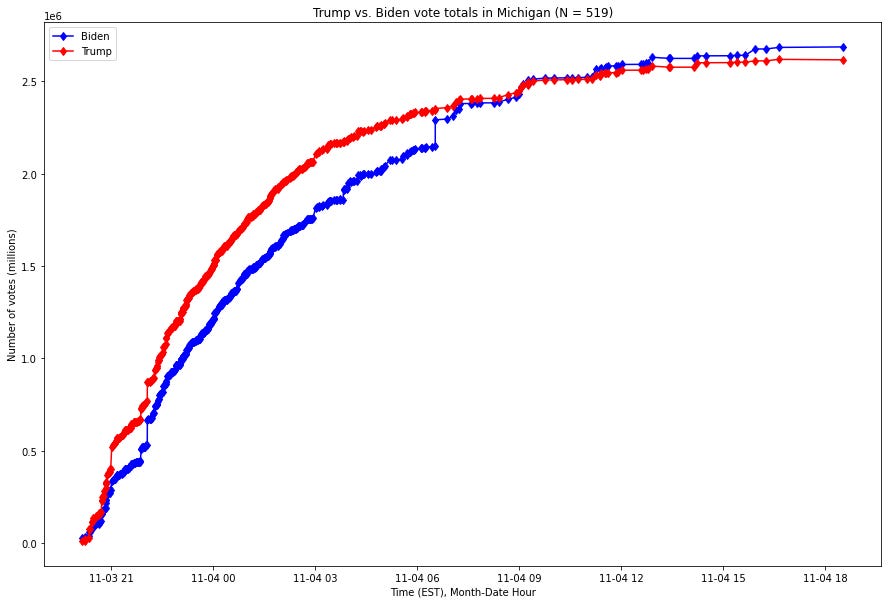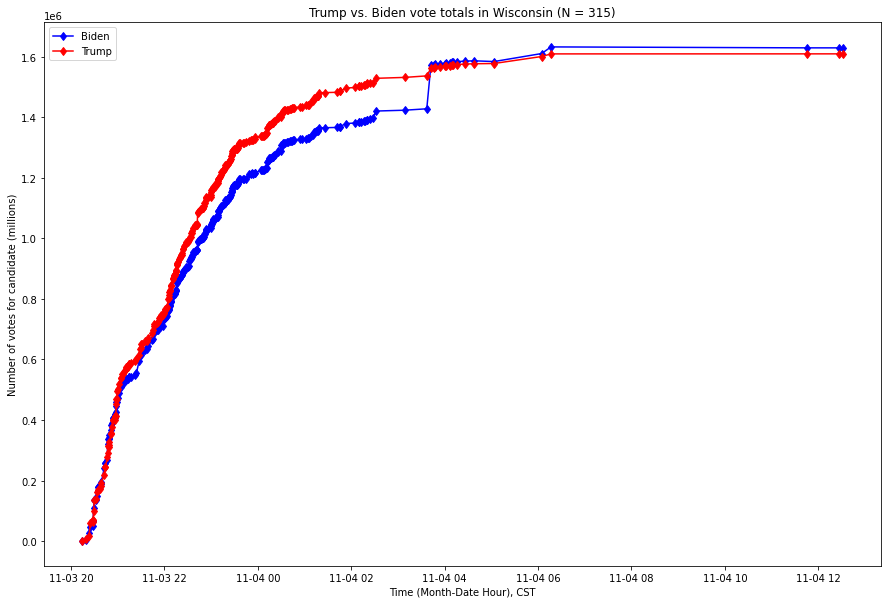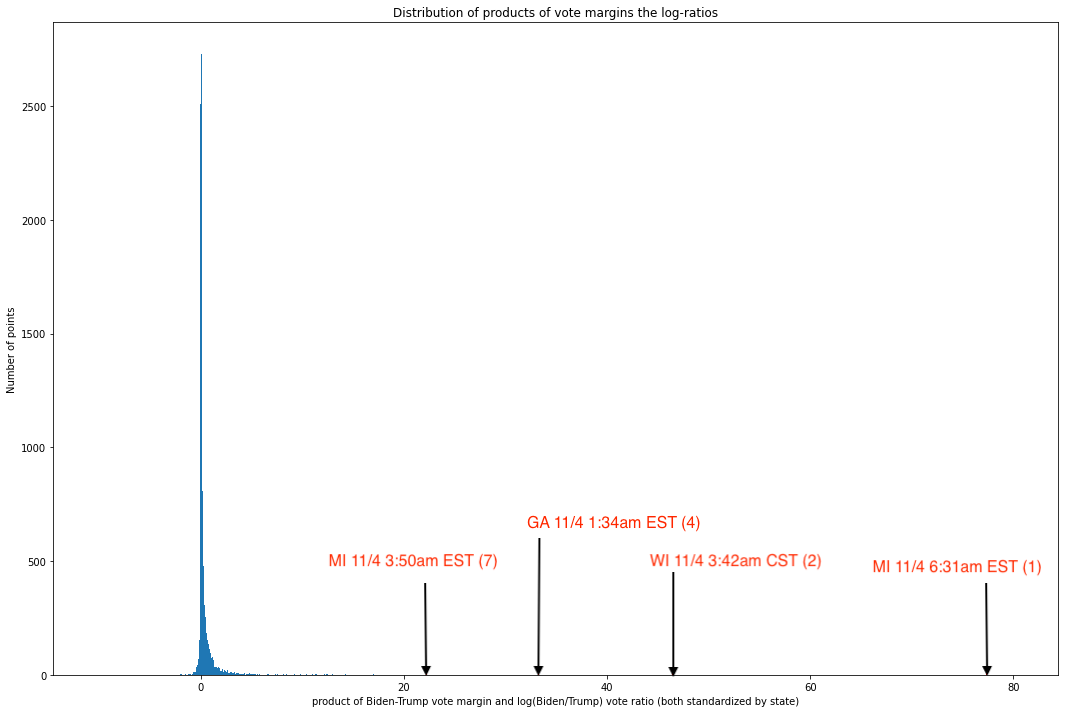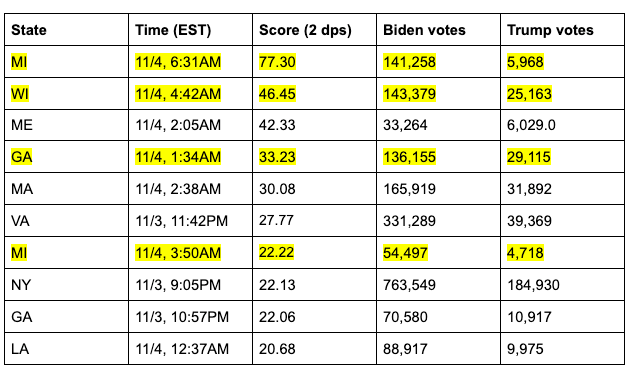edthecynic
Censored for Cynicism
- Oct 20, 2008
- 43,044
- 6,883
- 1,830
He dishonestly does not disclose that fact on the video, but when confronted with that fact by a fact checker he admitted he "interpolated" the Census Bureau data.Show from the video where "his numbers don't match the Bureau's". Give the appropriate time stamps.





